Mercury lamps: types, characteristics + review of the best models of mercury-containing lamps
Have you decided to organize a system of rich, bright and economical lighting on the street or in the yard by purchasing mercury lamps for these purposes? Today, on the market of lighting equipment and related elements, mercury-containing products are presented in a wide range and at an affordable price, right?
But you doubt the feasibility of such a decision and don’t know which light bulb model is better to choose? We will help you understand all the intricacies of purchasing and using mercury lighting devices.
The article discusses the existing varieties of these lamps, their advantages and disadvantages. Attention is paid to safe operation and proper disposal at the end of use.
The best manufacturers of mercury modules are listed, offering a good range of excellent quality. The article is provided with photographic samples of mercury-containing devices, as well as videos with an overview of various types of lamps and the nuances of their disposal.
The content of the article:
General description of mercury devices
Mercury-containing gas-discharge light bulbs are a specific light source in which a gas discharge generates optical radiation in mercury vapor.In technical nomenclature, this type is called a discharge lamp (RL).
The presence of a toxic substance significantly reduces the attractiveness of products. However, they have not yet been completely abandoned and it is too early to consider mercury devices obsolete.
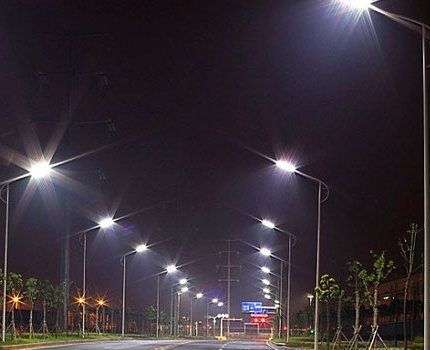
Classification of lamp devices
The primary classification of mercury products occurs depending on the internal filling pressure.
Decoding the letter abbreviation:
- RLND – low pressure lamps;
- RLVD – high pressure modules;
- RLSVD – ultra-high pressure devices.
The first group contains products that, in steady state, have a base partial pressure of mercury vapor less than 0.01 MPa. In the second, this value ranges from 0.1 MPa to 1 MPa, and in the third, it exceeds 1 MPa.
No. 1 - features of low pressure products
The list of low pressure mercury products includes linear and compact fluorescent lamps, available for organizing household lighting systems in residential, office and work areas.
They can be circular, linear, U-shaped or standard in shape.

Spectral color rendering exceeds that of traditional incandescent lamps. The glow temperature is dominated by natural shades.

The devices are criticized for their dependence on ambient temperature indicators, the impossibility of DC power supply and the effect of periodic pulsation.
Read more about the design, advantages and disadvantages of fluorescent lamps in this article.
No. 2 - differences between high pressure lamps
The main representatives of the class of high-pressure gas-discharge devices are mercury-containing arc lamps (DRL) general and highly specialized purposes.
The former are mounted in modules for organizing external lighting systems, and the latter are used in some industrial sectors, medicine and agriculture.
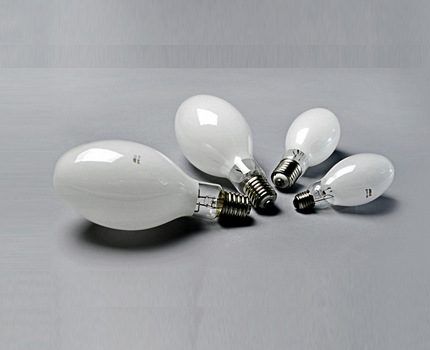
The power of the devices ranges from 50 to 1000 W. The lamps are suitable for general lighting of highways, streets, local areas, indoor and outdoor areas, workshops, warehouses and other objects where permanent presence of people is not provided.
The same class includes more progressive mercury-tungsten lamps. They have similar indicators, but differ from simple mercury lamps in that mercury-tungsten lamps can be correctly connected to the network without a ballast.
This capability is provided by a tungsten filament. It plays two roles at the same time: being an incandescent light source, it also serves as an electric current limiter.
Arc metal halide lamps (DRI) also belong to the category of mercury lamps. Their main difference lies in special emitting additives, which significantly increase the efficiency of the glow.
To connect metal halide lamps To the electrical network, a throttle element must be built into the circuit.
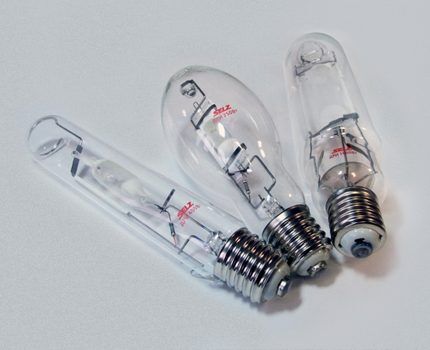
Lamps of this type are relevant for illuminating buildings, historical sites and architectural structures, sports arenas, football fields, shopping, advertising and exhibition halls, both indoor and outdoor.
Metal halide mercury modules with mirror layer (DRIZ) are similar in functionality to DRI devices. However, due to the dense layer of mirror coating, they are capable of producing a saturated beam of light that can be directed to a specific area.
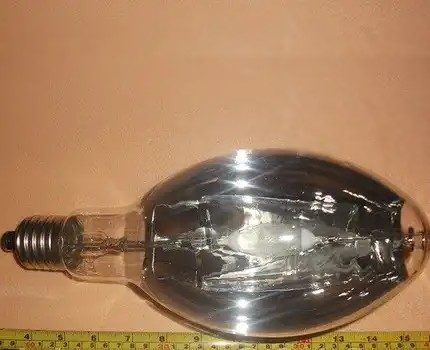
Mercury-quartz tube lamps (DRT) have a flask in the shape of an elongated cylinder, where working electrodes are located at the ends. They are used for UV drying, photocopying and other highly technological purposes.
No. 3 - nuances of ultra-high pressure modules
Ball devices of mercury-quartz type (DRSH) belong to the class of ultra-high pressure lamps. The specific round shape of the bulb allows it to produce intense radiation with a relatively low base power and compact size.

The scope of application of such units is much narrower. They are usually used in projection systems and various laboratory equipment, for example, in high-power microscopes.
Shades of radiation from devices
The product containing mercury contains a phosphor inside. Thanks to its presence, the outgoing light flux has a rich, bright shade, as close as possible to the natural white color.
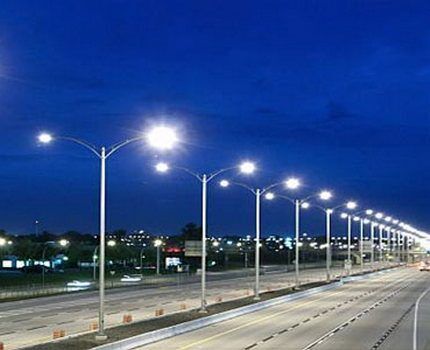
Mercury vapor concentrated in the intra-flask space is capable of regenerating not only natural white, but also colored lighting, for example, orange, green, violet or blue.
Advantages and disadvantages of mercury lamps
Some experts call mercury light sources technically obsolete and recommend reducing their use not only for domestic but also for industrial purposes.
However, such an opinion is somewhat premature and it is too early to write off gas-discharge lamps. After all, there are places where they perform at the highest level and provide bright, high-quality light with reasonable consumption.
Advantages of gas-discharge modules
Mercury-containing light sources have specific positive qualities that are quite rare in other lamp products.
Among them are such positions as:
- high and efficient light output throughout the entire operational period - from 30 to 60 Lm per 1 Watt;
- wide range of capacities on classic types of sockets E27/E40 - from 50 W to 1000 W, depending on the model;
- extended service life in a wide ambient temperature range - up to 12,000-20,000 h;
- good frost resistance and correct operation even at low thermometer readings;
- possibility to use light sources without connecting ballasts – relevant for tungsten-mercury devices;
- compact dimensions and good hull strength.
High-pressure devices demonstrate maximum efficiency in street lighting systems. They perform well in illuminating large indoor and outdoor areas.
Disadvantages of mercury-containing products
Like any other technical element, mercury gas-discharge modules have some disadvantages. This list contains only a few items that must be taken into account when organizing a lighting system.
The first disadvantage is the weak color rendering level Ra, on average not exceeding 45-55 units. This is not enough for lighting residential premises and offices.
Therefore, in places where increased demands are placed on the spectral composition of the light flux, it is not advisable to install mercury lamps.
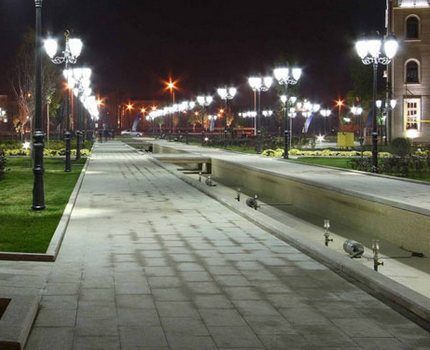
The low threshold of readiness for inclusion also does not add to the attractiveness. To enter the full glow mode, the lamp must warm up to the required level.
This usually takes from 2 to 10 minutes. Within the framework of a street, workshop, industrial or technical electrical system, this does not matter much, but at home it turns into a significant drawback.
If, during operation, a heated lamp suddenly turns off due to a drop in voltage in the network or due to other circumstances, it is not possible to turn it on immediately. First, the device must cool completely before it can be activated again.
The products do not have the ability to adjust the brightness of the supplied light. For their correct operation, a certain electrical supply mode is required. All deviations occurring in it negatively affect the light source and significantly reduce its working life.
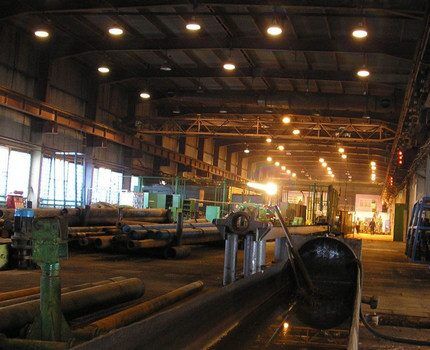
Alternating current has an extremely negative effect on gas-discharge lighting devices and ultimately leads to flicker with a network frequency of 50 Hz. This unpleasant effect is eliminated with the help of electronic ballasts, and this entails additional material costs.
Assembly and installation of lamps must occur strictly according to the scheme developed by qualified specialists. During installation, it is necessary to use only high-quality heat-resistant components that are resistant to severe operating loads.
When using mercury modules in residential and work areas, it is advisable to cover the flask with special protective glass. In the event of an unexpected lamp explosion or short circuit, this will protect people nearby from injury, burns and other damage.
What is the danger to humans?
Violation of the integrity of the flask is a big problem, because mercury entering the atmosphere harms everything around it.
A failed product cannot be stored at home and is not suitable for disposal in a regular trash container.
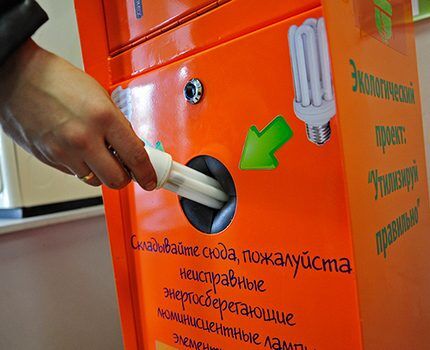
The product is subject to proper disposal in accordance with accepted standards. Only organizations with a special license can do this.
Their responsibilities include receiving lamps from the public, transporting them, storing them in a warehouse equipped with sealed boxes, and subsequent disposal.
The processing process is carried out in the following ways:
- amalgamation;
- demercurization;
- heat treatment;
- high temperature firing;
- vibro-pneumatic technology.
The most appropriate disposal option is chosen by the disposer. All further actions are carried out strictly according to the instructions regulating the process.
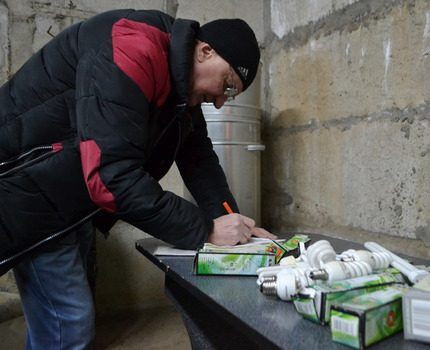
In early autumn 2014, the Russian Federation signed an international document - the Minamata Convention on Mercury. According to the information contained there, from 2020 all mercury-containing products will be prohibited from production, import and export.
Among lighting sources, high-pressure mercury vapor lamps, in particular, modules marked DRI and DRL, fall under this provision.
Review of the best models on the market
Since light bulbs equipped with toxic mercury are mainly used in outdoor lighting systems, indoor industrial and technical premises, and are used extremely rarely in everyday life, their appearance is not original.
Place #1 - Osram brand light bulbs
Even reputable brands stick to the classics and do not consider it necessary to give devices an unusual shape or complex configuration.
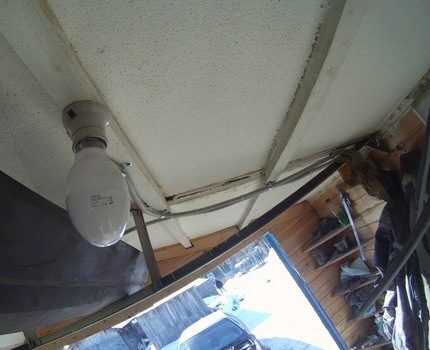
Mercury modules HQL Standard, manufactured at enterprises Osram, reliable and not afraid of intense operating loads. The power range is very wide and starts from 50 W and ends at 1000 W.
For correct connection of lamps and subsequent normal operation, the installation of a ballast is required.

The products are produced with a drop-shaped matte bulb, equipped with a phosphor coating and an E27/E40 base. The internal burner is made of durable quartz.
Devices of lower power, up to 125 W, transmit a neutral white glow, and modules from 250 W and above produce slightly more natural daylight.
Osram light bulbs, made on a mercury-tungsten basis, are superior to conventional gas-discharge bulbs in all respects.Their service life is much longer, and their scope is wider. The second parameter is due to the improved color spectrum of the modules.
With a power of 160 W, the products produce light of 3600 K, close to a warm range. A whiter shade of 3800 K is produced by 250 W lamps. And only 500-watt ones provide a neutral white glow of 4000 K.
Such modules are suitable for creating attractive, bright and effective lighting in park areas, open spaces and central city alleys, walking areas, concert halls and other places of mass, but not permanent, presence of people.
Place #2 - Philips assortment
Mercury-containing lamps from Philips included in the series HPL-N. They are simple high pressure gas discharge modules equipped with 1 or 2 auxiliary electrodes.
For the most part, they are used for arranging outdoor lighting in open areas, adjacent areas and other similar places.

The peculiarity of the products is that they do not waste time on ignition, but immediately from the moment of activation they provide uniform, bright and high-quality lighting of the space.
The drop-shaped matte flask is produced in two versions:
- S.G. – fusible glass with a phosphor coating applied in three layers;
- HG - refractory glass, sometimes containing some quartz - demonstrates increased resistance to record high temperatures.
SG elements are used for low and medium power lamps, and HG elements are used in modules from 500 W to 1000 W.
The tint range of light sources is 3900-4200 K. These numbers indicate a neutral shade of light, close to natural. The company warranty is given for 1 year.
IN ML series includes innovative mercury-tungsten lamps with phosphor coating inside the bulb. Their distinctive feature is a homogeneous, rich and bright flow of light with high-level color rendition.
Available with E27/E40 sockets and basic power ratings of 100, 160, 250 and 500 W.

The temperature of the light flux ranges from 3400-3700 K. Lamps of this type can be called one of the warmest in their class. They are convenient to use not only for street lighting, but also for large stores, concert halls and shopping centers.
Place #3 - Delux brand offers
A young and promising Ukrainian brand Delux, registered in 2005, competes quite successfully with foreign manufacturers. The main enterprises of the brand are located at industrial sites in China.
The high level of manufacturing and impeccable build quality make Delux lamps relevant and in demand.
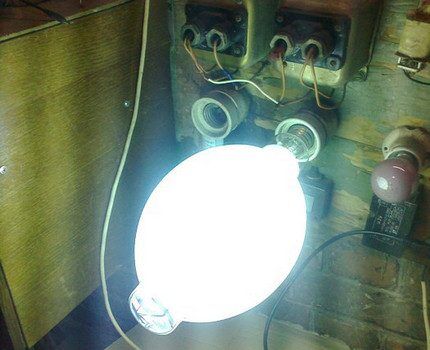
Standard products are presented GGY line and are designed for effective external use.The working flask has a slightly elongated drop-shaped shape.
Models with a power of 125 W are equipped with a metal base E27. The remaining products are equipped with an E40 base element. Their power range is between 250-1000 W.
A more advanced series of mercury-tungsten devices GYZ includes E27/E40 modules with operating power of 160, 250 and 500W.
The products serve reliably and for a long time, producing a dense and rich flow of light with an optimal level of color rendering throughout the entire time.
Conclusions and useful video on the topic
What a mercury-type lamp looks like and works, manufactured at the production facilities of the German company Osram. Detailed inspection of the packaging, description of the indicated digital designations and letter abbreviations:
About DRL-type mercury modules in detail. General overview of the product from Philips, nuances of connection methods to the socket and features of subsequent operation:
A story about recycling mercury-type lamp products. Why is it important that this process is carried out by professionals and always using special specialized equipment:
Mercury-type lamps are still widely used, however, this time is gradually ending.. They are being forced out of the market by more progressive, economical, aesthetically attractive and safe devices.
True, the not too high cost and long service life still play a role, often forcing buyers out of old memory to give preference to mercury-containing devices.
Do you have experience using and disposing of mercury lamps? Or want to ask questions on the topic? Please comment on the post and participate in discussions. The feedback block is located below.




In our communal farm, tungsten-mercury lamps are used to illuminate the territory and pedestrian paths. They are powerful, burn brightly, withstand frost and temperature changes, are durable, and rarely burn out.
True, to dispose of them we had to enter into an agreement with a special organization, and this is an additional expense. Plus, used lamps must be stored in a separate room until delivery. In general, there are some nuances.
What a nightmare, are these lamps still in use? What if it gets damaged while still in the lantern? But there are stupid teenagers who purposefully shoot at lanterns or throw stones at them. Couldn't they be harmed by this mercury? Is it really possible that in our time, with all the variety of types of lamps, it is impossible to choose an option that is equivalent in terms of technical properties and efficiency, but is safer?
You may be surprised, but mercury lamps are still quite popular today. The same fluorescent lamps are used in many places. It is likely that you have such lamps in your entrance. There is no need to be afraid of them. You just have to take a responsible approach to recycling.